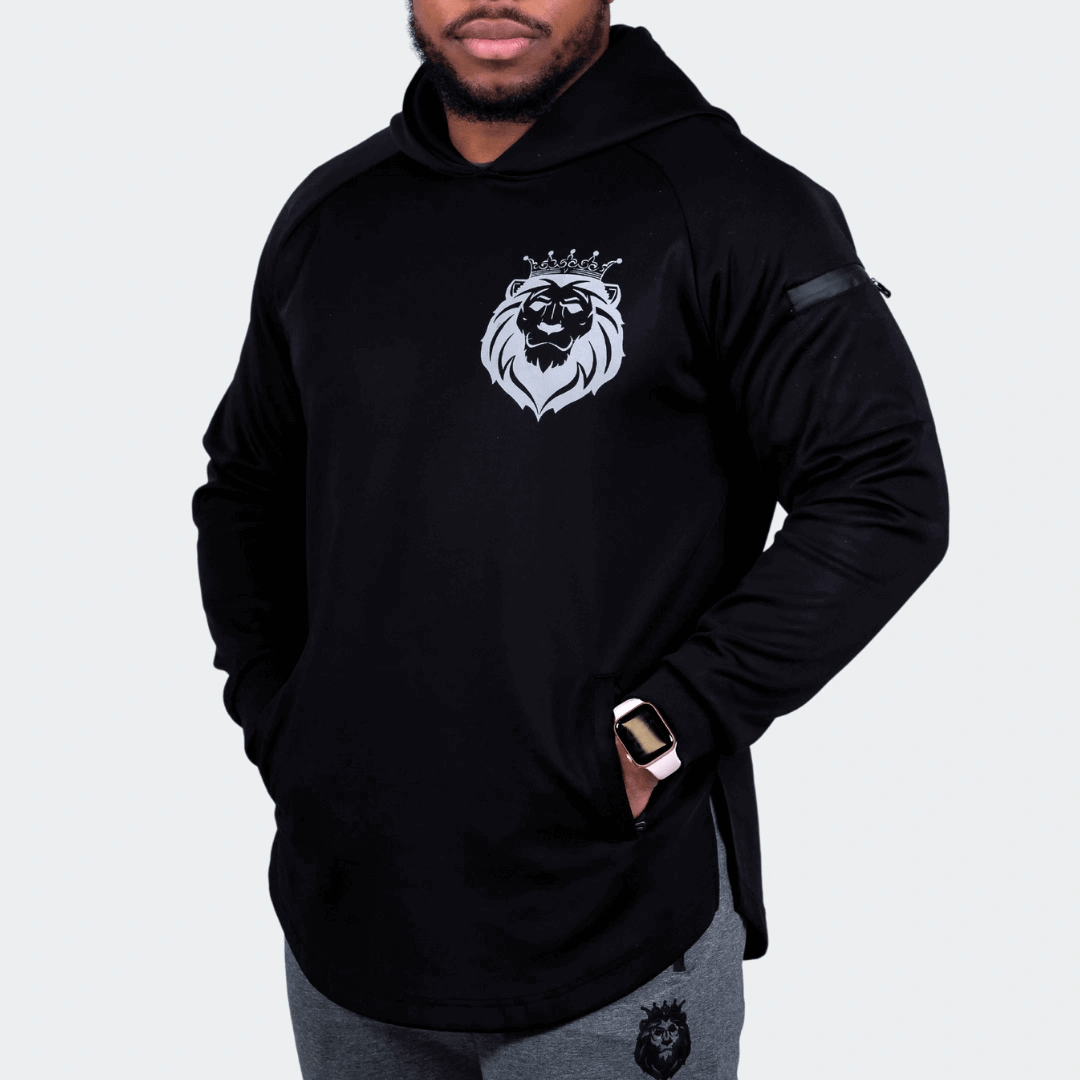Choosing an Order Fulfillment Strategy: In-house vs. Outsourced vs. Drop Shipping

When it comes to order fulfillment, businesses have several strategies to choose from. The optimal strategy depends on factors such as business size, available resources, and specific requirements. Let's discuss some common order fulfillment strategies and their characteristics.
In-house Fulfillment, or Merchant Fulfillment
In-house fulfillment involves managing all aspects of the order fulfillment process internally. This strategy provides businesses with complete control over the fulfillment process, allowing them to maintain quality standards and customer relationships. However, it requires significant investment in infrastructure, personnel, and technology.
At Veii we currently use this method. Usually in-house fulfillment would involve setting up a warehouse, hiring fulfillment staff, and implementing order management and inventory management systems.
This strategy offers maximum control and flexibility but requires substantial resources and expertise. Because we do not often need to fulfill thousands of orders a month, we have boiled this method down into a simplified version in our warehouse here in Maryland.
| Pros | Cons |
|
|
Outsourced Fulfillment, or Third Party Fulfillment
Outsourced fulfillment involves partnering with third-party fulfillment service providers to handle order fulfillment activities. These providers specialize in order processing, inventory management, picking, packing, and shipping.
Outsourcing fulfillment can help businesses reduce costs, access expertise, and scale operations quickly. It is particularly beneficial for businesses with limited resources or those experiencing rapid growth.
For a fitness brand like ours, outsourcing fulfillment would involve partnering with a fulfillment service provider that specializes in handling fitness equipment and apparel. The fulfillment provider would take care of receiving batch orders, managing inventory, and ensuring timely delivery to the gyms. This strategy allows the brand to focus on product development and marketing while leaving the fulfillment process to the experts.
| Pros | Cons |
|
|
Drop Shipping
Drop shipping is a fulfillment method where the retailer does not hold inventory. Instead, when a customer places an order, the retailer purchases the product from a third-party supplier who then directly ships the product to the customer. Drop shipping eliminates the need for inventory management and upfront investment in stock. However, it can result in lower profit margins and limited control over the fulfillment process.
For a fitness brand like ours, drop shipping would involve partnering with fitness equipment manufacturers or wholesalers who would directly ship the ordered products to the gyms. This strategy allows the brand to offer a wide range of products without the need for maintaining a large inventory.
| Pros | Cons |
|
|
Hybrid Model
A hybrid order fulfillment model combines different strategies to meet specific business needs. For example, a business may handle in-house fulfillment for certain products while outsourcing fulfillment for others. This approach offers flexibility and allows businesses to optimize costs and control based on product characteristics, demand fluctuations, or seasonality.
For a fitness brand like ours, a hybrid model could involve fulfilling batch orders of fitness accessories in-house while outsourcing the fulfillment of larger fitness equipment to a specialized fulfillment provider. This strategy allows the brand to maintain control over certain aspects of fulfillment while leveraging external expertise and resources for specific products.
At the End of the Day, it's What Works for You!
When choosing an order fulfillment strategy, businesses should carefully evaluate their requirements, assess their capabilities, and consider cost-effectiveness, scalability, and customer experience. Adopting the right strategy can significantly impact the overall success of the fulfillment process.










Comments